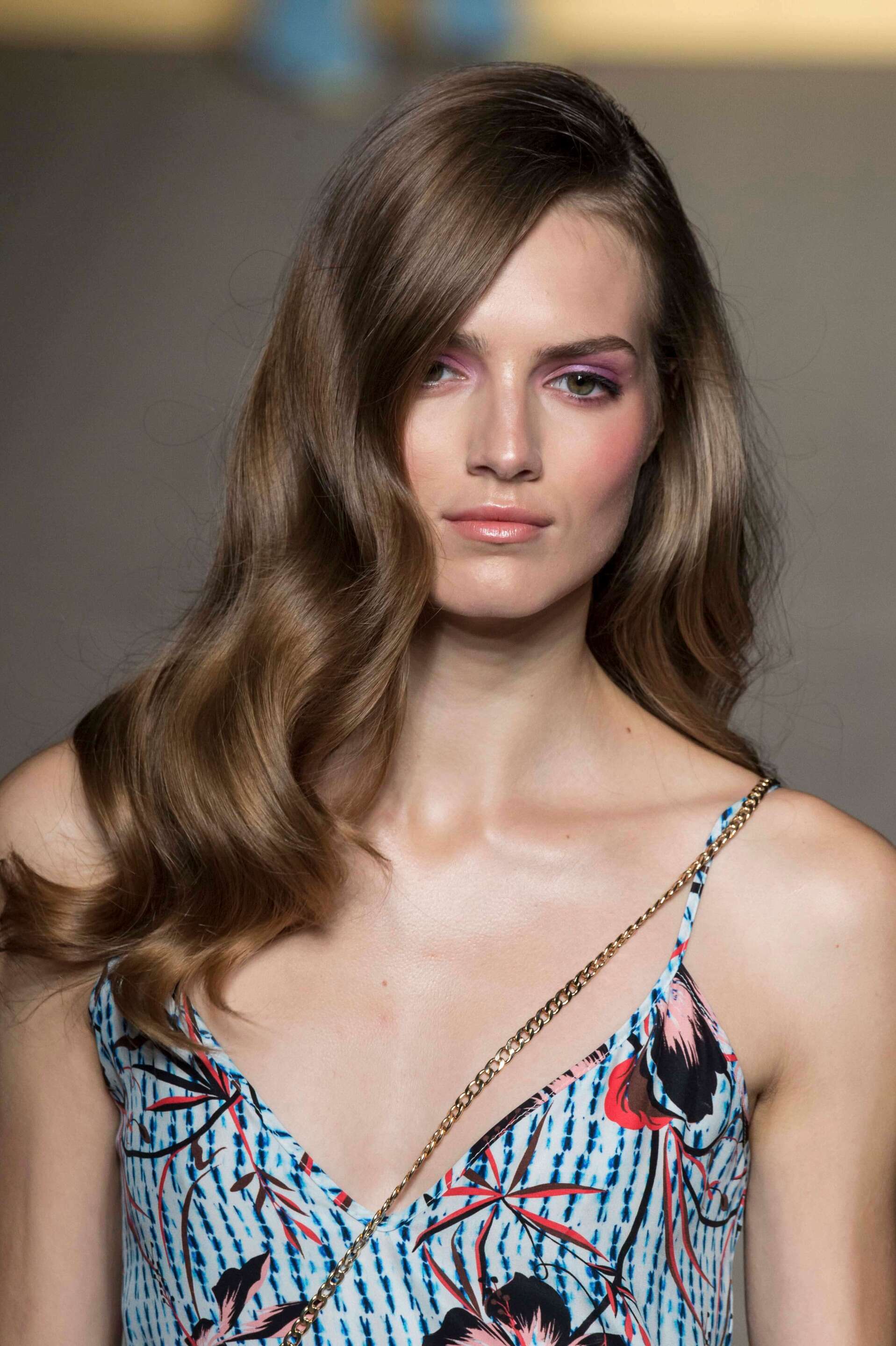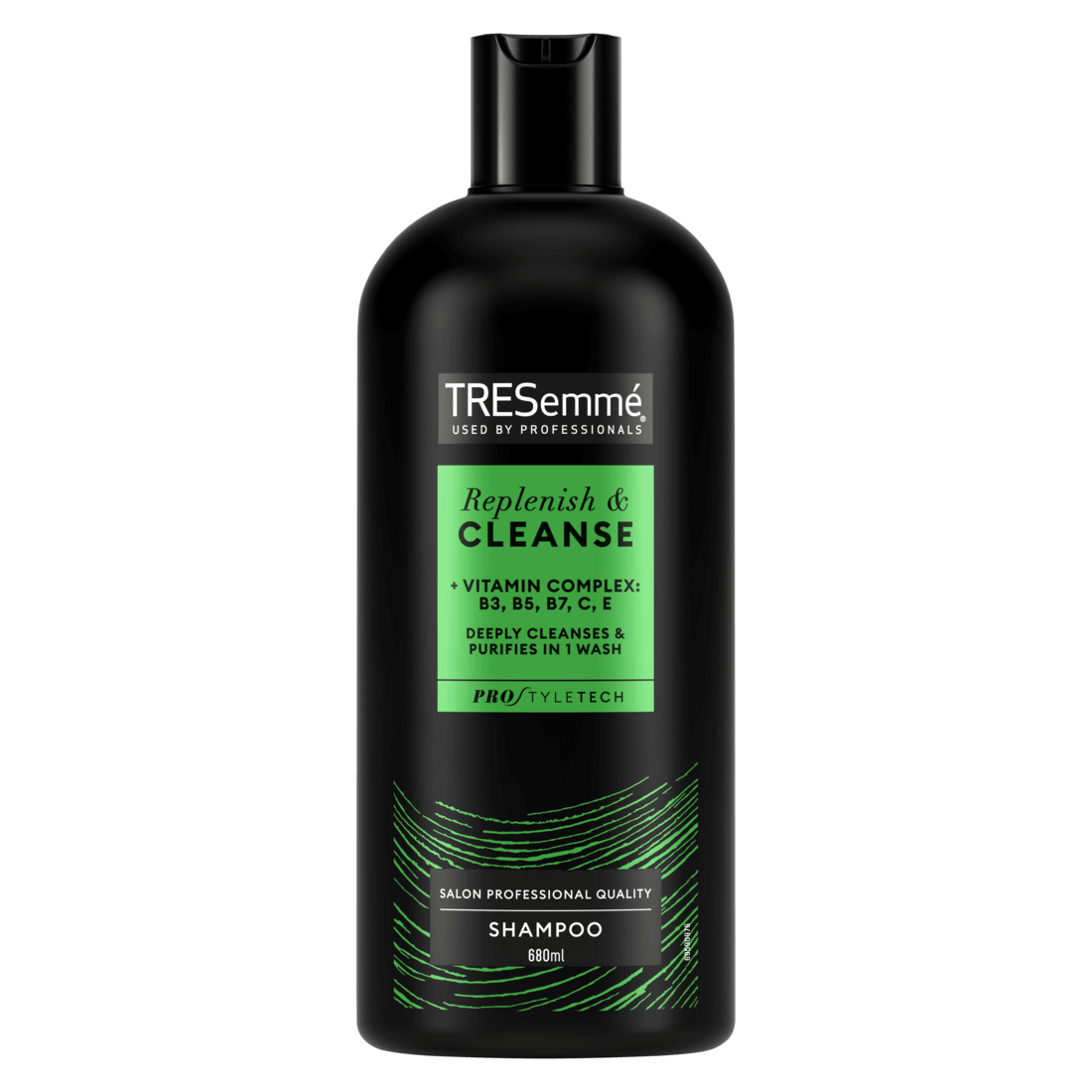Skip to:
How to style a pixie cut: Your simple guide
Your quick an easy guide on how to style a pixie haircut!
Steven | June 7, 2018
You Will Need
We know it, you know it, everyone knows it: a pixie cut is the epitome of chic short hair. Whether you dream of rocking it prim and proper or Rough ‘n’ Ready, knowing the basics of how to style a pixie cut is essential.
Suddenly feel lost? Don’t worry, your short hair dreams are still attainable, you just need to follow our quick and easy tutorial below to make them a reality! It’s just 7 steps to a fabulous, everyday look that is sure to score you all the hair point.
Tutorial: How to style a pixie haircut
Prep your hair.
Let’s begin!
Start with hair that is 80% dry. Then spritz your strands with the VO5 Heat Protect Spray to safeguard them from the hairdryer.
Follow up with TONI&GUY 3D Volumiser Spray to help build body and fullness, with a touch of shine.

Section your strands.
Now divide your hair into 4 sections.
Create your first section at the back of your head from ear to ear; second, a horseshoe shape section from the front of the hairline to the crown; third and fourth, will be the remaining side sections.

Blowdry back section.
Starting at the back section, use a vent brush in your dominant hand and a hairdryer in the other to brush the hair tightly against the scalp in one direction.
Repeat on the same section but in the opposite direction.

Blowdry side sections.
epeat this blow-drying action on the side sections, finishing off the ends by wrapping the ends around a round brush with the hairdryer held above.

Blowdry your crown
Move onto your crown area and blowdry by wrapping the hair around a round brush, rotating as you go.

Blowdry front section.
Now for your final section, blowdry the front section or any bangs you have, pulling the hair flat across your forehead.

Set in place.
For the finishing touch, set your look in place with the TRESemmé Firm Hold Hairspray.
Providing you with an all-day natural hold and 24-hour frizz control, you can rest assured that your fab pixie cut will stay put!

Final look!
Congrats, you’re all done!
Now you’ve learnt the basics of how to style a pixie cut, you can now adapt this tutorial to suit your own personal style – rough it up with some texture paste or go glam with a dazzling hair accessory.

You Will Need
GALLERY
56 Chic Choppy Bob Haircuts for 2023

Products You Might Also Like
Our Tips & Advice
- slide 1
- slide 2
- slide 3
- slide 4
- slide 5
- slide 6














